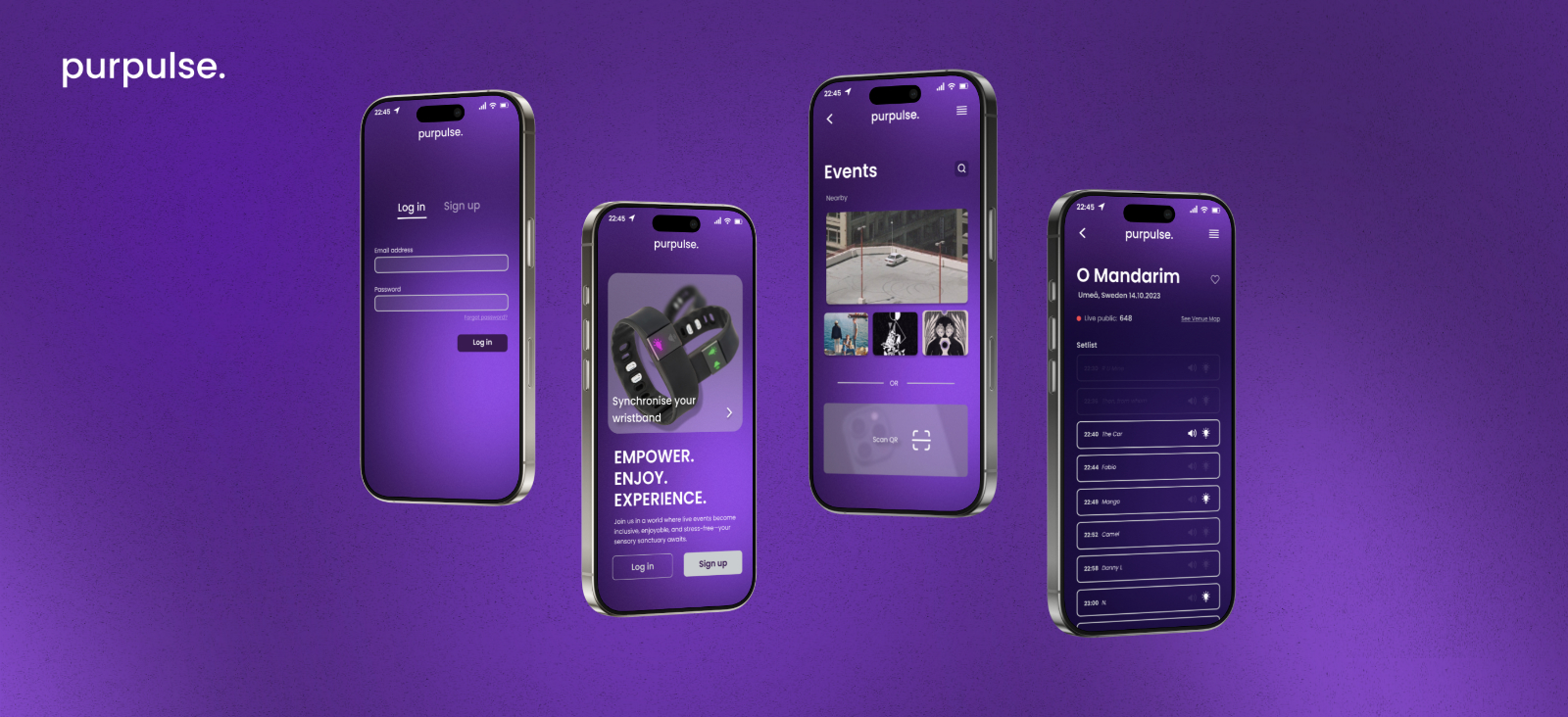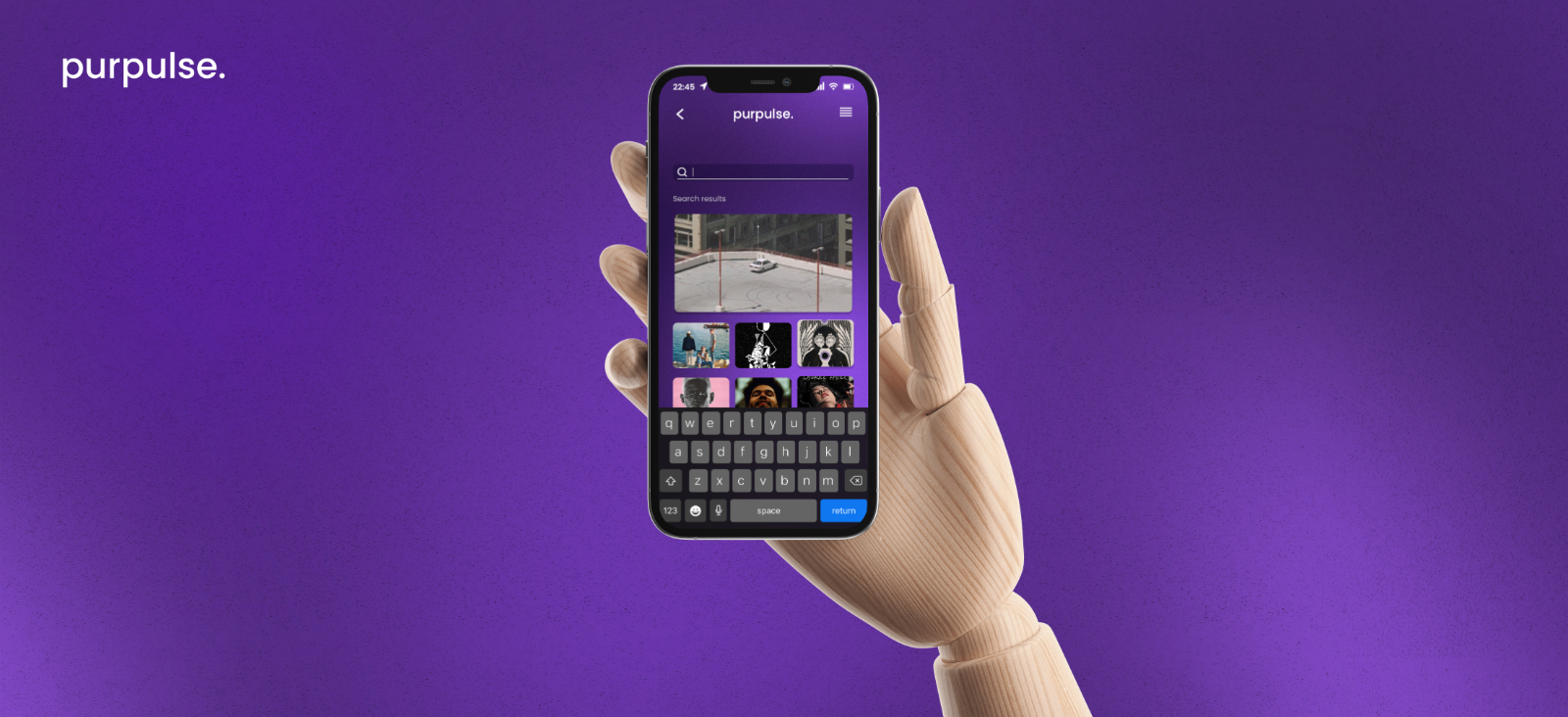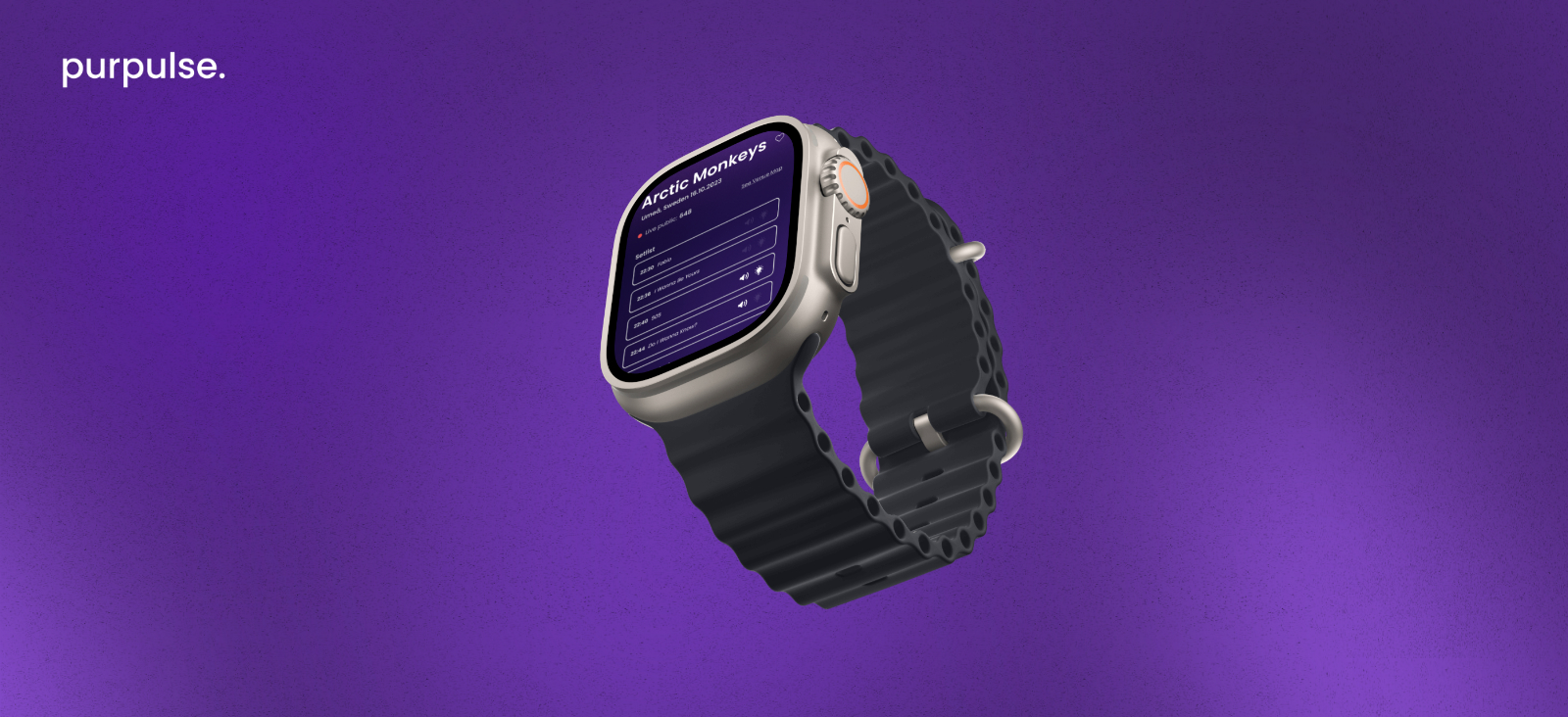Purpulse
October of 2023
Umea, Sweden
Technical Rider
Tasks
Research
UI design
Tools
Figma
Open minds deck
Timeline
2 weeks
Links
Figma Prototype
Open Minds website
Overview
Epilepsy affects over 50 million people worldwide, with seizures often triggered by environmental factors such as flashing lights, loud noises, and crowded spaces. Concerts, while thrilling for many, can be anxiety-inducing for those with epilepsy due to these sensory triggers. The unpredictability of seizure-inducing factors forces many to avoid live music events altogether, missing out on unique, memorable experiences.
Hypothesis: Individuals with epilepsy may forgo attending concerts due to fear of potential seizures triggered by flashing lights, loud sounds, or other environmental stimuli.
Project Goals
To create a solution that empowers individuals with epilepsy to confidently attend concerts by reducing the unpredictability of potential seizure triggers. To design a seamless experience that integrates with live concert setups, providing real-time alerts and information to users about potential triggers.




Methodology
Double Diamond

Phase 1. Discover
Keys
User research
Interviews
Research on Epilepsy and Concerts
We delved into existing studies on the relationship between epilepsy and sensory stimuli, including the risks posed by flashing lights, loud noises, and stroboscopic effects.
Studies from sources like the Journal of Neuroscience revealed that concert lighting, especially in electronic dance music (EDM) settings, can be a significant seizure trigger.
Community Insights
We explored epilepsy-focused communities such as Reddit, where individuals shared their personal concert experiences, challenges, and coping mechanisms when exposed to intense lighting or sound stimuli during live events. Their experiences highlighted the need for real-time information and sensory management solutions.
Interviews
We conducted interviews with people living with epilepsy, asking about their concert experiences, triggers, and how they manage their condition in public settings. Key questions focused on how they prepare for events, any negative experiences they've encountered, and how they think concerts could be made more inclusive.
Phase 2. Define
Keys
Personas
User Journey
Trigger Awareness
Most individuals indicated that unpredictable lighting effects, such as strobes or sudden flashes, were significant triggers.
Lack of Information
Concert-goers with epilepsy often felt unprepared due to the lack of available information about the sensory environment of a venue or event.
Comfort & Safety
Many wanted a way to feel safe and prepared without drawing unwanted attention to their condition.
How might we...
...alert individuals to upcoming lighting or sound effects before they happen?
...provide real-time data from concert venues to help people with epilepsy make informed decisions?
Phase 3. Develop
Keys
Interactivity
Customisation
Real-Time Feedback
Brainstorming Solutions
Wereable devices
A bracelet or necklace that monitors vital signs (e.g., heart rate, stress levels) and alerts the user before a trigger occurs. It could also provide calming feedback through vibrations.
Concert Companion App
A smartphone app that delivers real-time concert information, including lighting sequences, sound levels, and potential seizure triggers. This app would notify users through vibrations and alerts before lighting changes or intense sound levels occur.
Sensory-Friendly Concert Features
We envisioned seating areas equipped with sensory-friendly cushions, vibration controls, and temperature regulation to help soothe individuals during concert episodes.
Sensitivity Testing Kits
Portable kits designed to assess light and sound sensitivity in concert venues and provide data directly to the companion app.
Solutions
1. PurPulse Wearable Bracelet
A sleek, discreet bracelet that alerts the wearer to upcoming sensory triggers using vibration and LED light signals. It connects with the concert's sound and lighting engineering systems in real-time, allowing individuals to take action before a trigger occurs.
2. Companion Mobile App
A customizable app that integrates with the wearable device, providing detailed information about concert setups, lighting sequences, and potential sensory hazards.
Phase 4. Deliver
Keys
UI Design
Content architecture
PurPulse Bracelet
Functionality
The bracelet uses vibrations and colored LED lights to warn users about potential seizure triggers. Blue LED signals a light-related trigger, green indicates sound-related triggers, and both lights combined signify a mixed trigger.
Integration
The bracelet is synced with the venue's lighting and sound system through a transmitter, allowing real-time updates on upcoming sensory effects.
Customisation
The bracelet settings can be adjusted via the app, allowing users to control the intensity of the vibrations and alerts based on their sensitivity levels.
Sensitivity Testing Kits
Portable kits designed to assess light and sound sensitivity in concert venues and provide data directly to the companion app.
Concert Companion App
Information Hub
The app provides detailed information about upcoming concerts, including venue maps, seating arrangements, and environmental factors that might pose risks.
Real-time Alerts
Users receive notifications about lighting and sound changes during the concert, allowing them to take precautions in real-time.
Customizability
Users can personalize the app's alert settings and sync their preferences with the bracelet for a tailored experience.
Grounding Techniques
The app offers calming techniques and concert preparation guides to help users manage anxiety before and during the event.
Final Thoughts
Insights
This project explored the potential of a user-centered app to enhance communication between the NAI and the academic community. Through the Design Thinking approach, the project focused on making the app inclusive and accessible, especially for visually impaired users. Despite some initial challenges, the design was well-received, demonstrating the importance of adaptability, consistent language, and accessible navigation for all types of users.